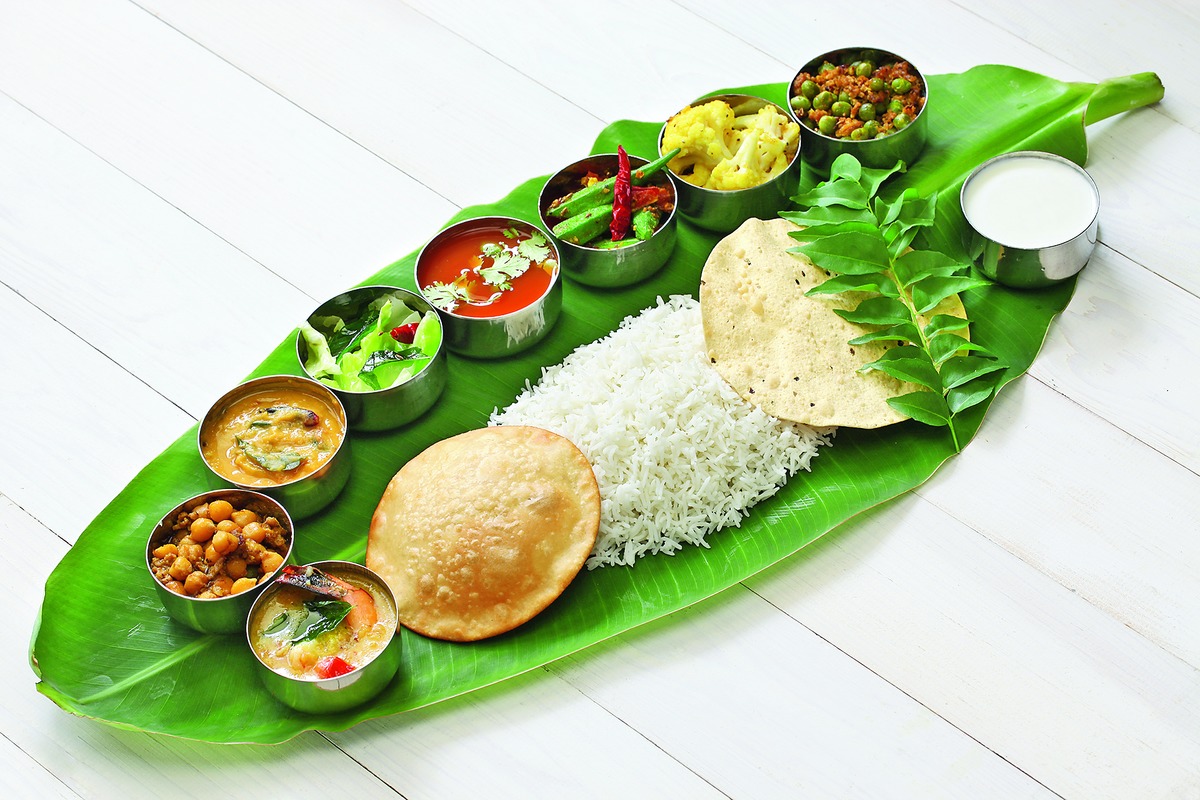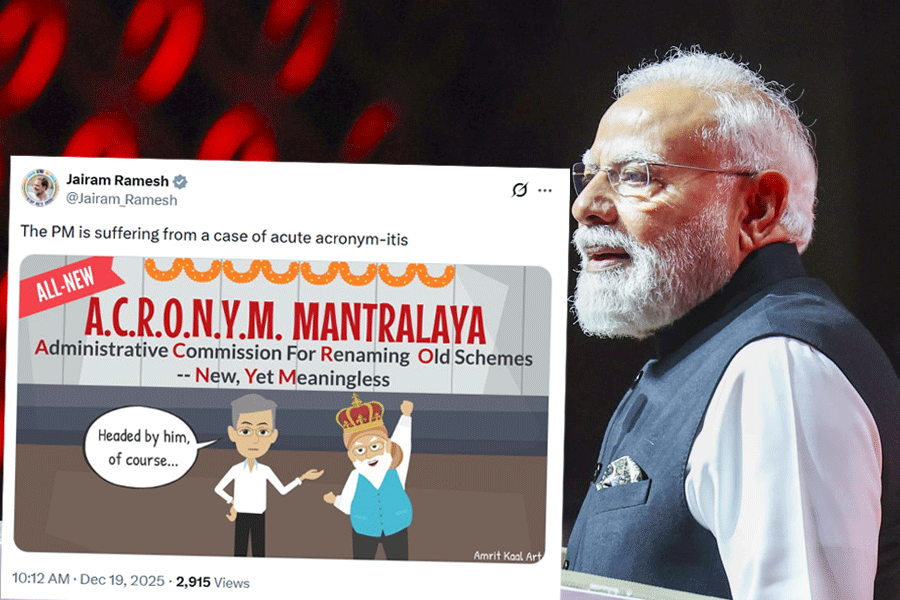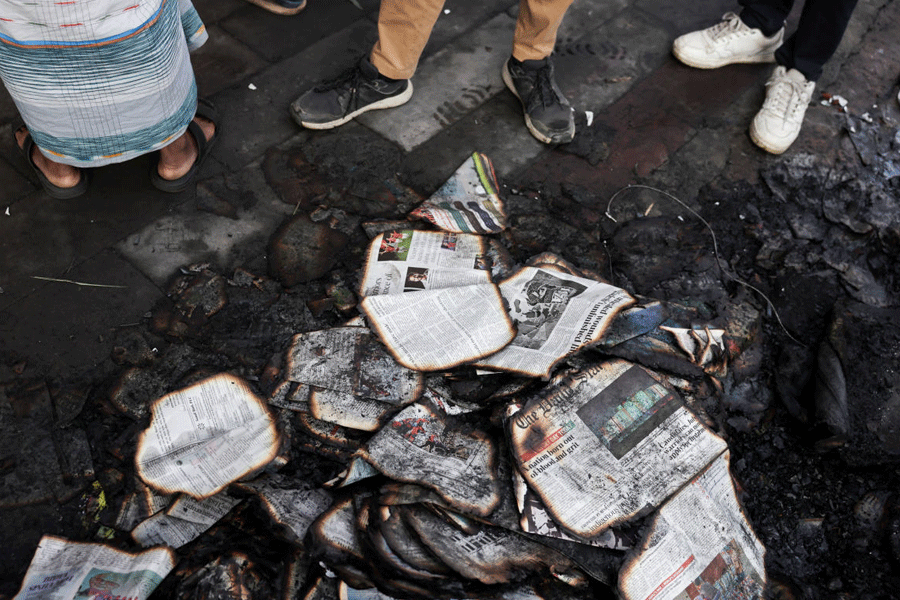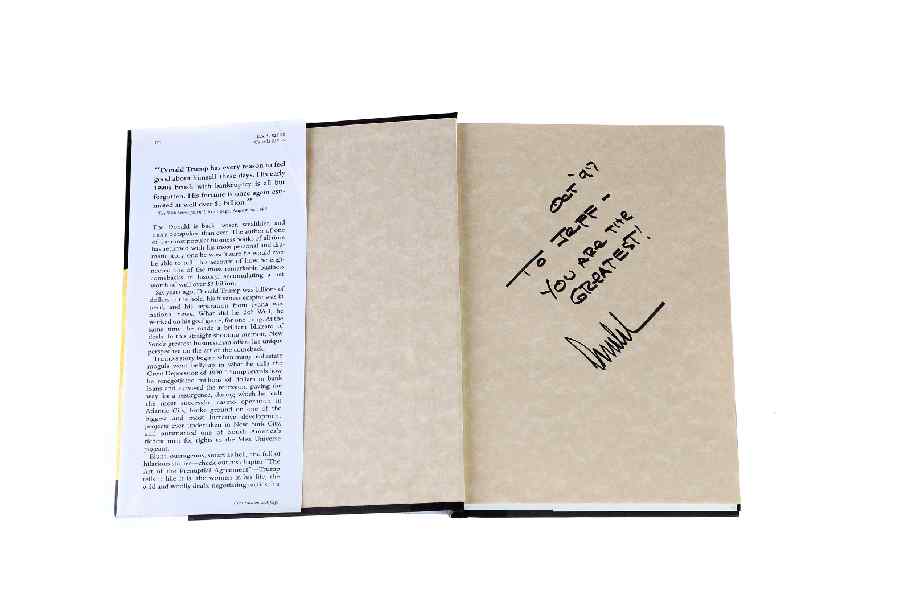
In traditional, rice-eating households in India, mothers and grandmothers have always insisted on feeding people a meal of rice before they leave home for school, college or work. While calorie-conscious youngsters would like to give rice a wide berth, nutritionists say that there is some scientific truth in grandma's wisdom. If you have been brought up on a regular diet of rice, the best way to stay energised all day is to have a balanced meal with rice in the morning or noon. Contrary to what many people think, a rice-based meal doesn't add too many calories and actually keeps blood pressure and heart problems under control.
This doesn't mean that rice is the next miracle grain. It just means that if you love eating rice, you don't have to give it up in favour of other cereals. Whole grain or brown rice may be a shade better but the common polished white rice is adequate as a staple. And, despite all you have heard to the contrary, rice does not have more calories than chapattis. Chapattis made from 100gm of atta have the same calories as 100gm of rice: 340. So if your meals are incomplete without rice, you can happily gorge on 150gm of rice in a day, this will add just 500 calories to your daily intake. If you are used to eating rice during lunch, giving it up will mean that you won't have the feeling of satiety. So you'll crave for high-calorie or unhealthy food items even after a full meal.
Whole grain magic
A whole grain is one in which all three parts - the bran, germ and endosperm - are still present in the same proportions as when the grain was growing in the field. When a whole grain is processed or polished, all the good things - protein, fibre, vitamins and minerals - are lost to a large extent. That is why we now have the trend of eating brown rice, brown bread, whole grain atta or cereals.
Whole grain rice comes in various avatars - brown, red, black, wild. The red colour is due to anthocyanin, a brick-coloured ingredient. Black rice looks violet when cooked. Wild rice is actually the seeds of a variety of grass, once popular as a cereal in North America. Nowadays, this is being extensively cultivated for its high nutritive value. Research shows that a cup of brown, red, black or wild rice can take care of two-thirds of daily whole grain requirement.
However, if you do not like the nutty taste of black, red and brown rice or the earthy taste of wild rice, worry not. Polished white rice will give you enough nutrition.
Benefits of rice
Rice is called "free food" because it doesn't have sodium, cholesterol or gluten - all of which are bad for some people. The grain does not have saturated fat or trans-fat that raises cholesterol. What it has is loads of complex carbohydrate or starch - a good source of energy. The fibre content is also quite high. Since it's easily digestible, you can have rice if you are suffering from fever, acidity or an upset stomach. Even diabetics can have rice - but not more than one cup - as part of a balanced meal that includes greens, vegetables, salad, lentils and fish.
Incidentally, rice has at least 15 types of vitamins and minerals, including folic acid, vitamin B, potassium, magnesium, iron and zinc. These nutrients are present in lower quantities in white rice than in coloured varieties. So one must have white rice in combination with other dishes for balanced nutrition. Rice with beans, for example, will give you adequate protein. Rice, dal and a squeeze of lemon has a lot of iron.
Cook it right
To get the right nutrition from rice, you have to know how to cook it. Washing the rice several times, boiling it hard, straining out the rice water ( maar) and eating the rice piping hot will get you no benefits. Instead, wash it but not so much that you wash out the Vitamin B. Some people soak the rice before cooking. In that case, cook the rice in the same water at low heat to retain the vitamins and minerals. The best way to cook rice is to bring it to a boil, cover it, turn off the gas and leave it to get steamed. This converts rice to resistant starch which easily gives you a feeling of satiety, reducing the amount you eat and keeping weight under control. It also reduces a few types of cancer.
Cooked rice stays in the fridge for 3-5 days and in the freezer for six months.












